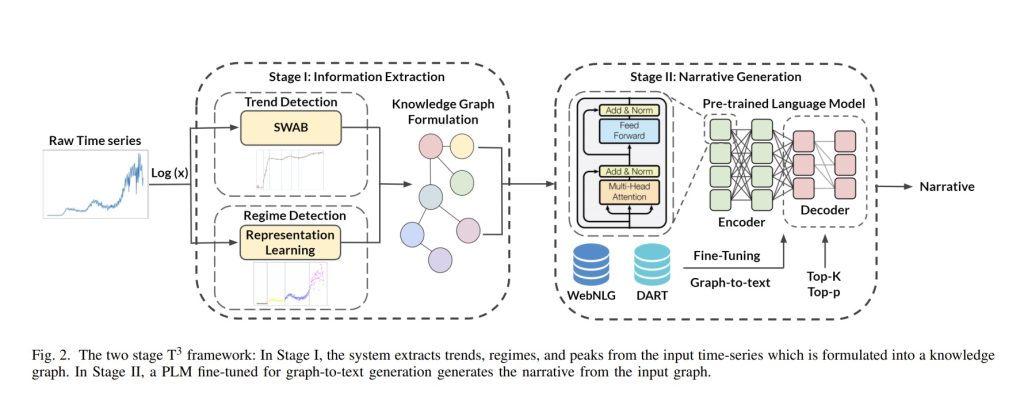Sanghani Center Student Spotlight: Mandar Sharma

Would you like a virtual assistant that could go through chunks of large reports with pages upon pages of tables and raw numeric data and summarize it all in a short paragraph?
This is what Mandar Sharma is trying to accomplish with his Ph.D. research in the area of natural language generation.
“The progress of artificial intelligence depends heavily upon our ability to communicate with machines and natural language is the crux of human communication,” Sharma said. The paper, “T3: Domain-Agnostic Neural Time-series Narration,” which he presented at the 2021 IEEE International Conference for Data Mining, generates succinct narratives that describe large time-series datasets.
“With a dataset of time-series and narrative pairs, a promising direction for future exploration lies in learning direct mappings from numbers to text, extending beyond just time-series,” said Sharma, who is advised by Naren Ramakrishnan.
Another paper relating to his research, “Once Upon A Time In Visualization: Understanding the Use of Textual Narratives for Causality,” was published at the 2020 IEEE Transactions on Visualization and Computer Graphics.
Sharma has an undergraduate degree in electrical engineering from the Institute of Engineering, Tribhuvan University, Nepal, where he achieved the highest rank in his department. He dabbled with machine learning in his undergrad thesis, he said, when his team used a Haar cascade classifier to train a robot to follow human gestures.
Post-graduation, he worked in software development for a while but found it unrewarding. So he joined his alma mater as a research assistant and there began exploring the field of natural language processing.
The decision to pursue research as a Ph.D. student in computer science led him to Virginia Tech. “Dr. Ramakrishnan’s strong theoretical background and openness to trying novel and diverse areas of machine learning brought me to the Sanghani Center. And I really appreciate his understanding and amenable nature as an advisor.”
Sharma said the Sanghani Center is particularly appealing to him because it integrates multiple facets of machine learning research into one collaborative environment.
Sharma is projected to graduate in the 2023-24 academic year.
“The perfect life for me post-graduation would be a full-time position as an industrial researcher with a part-time affiliation at a nearby university where I can teach machine learning but we will see what the future brings,” he said.